

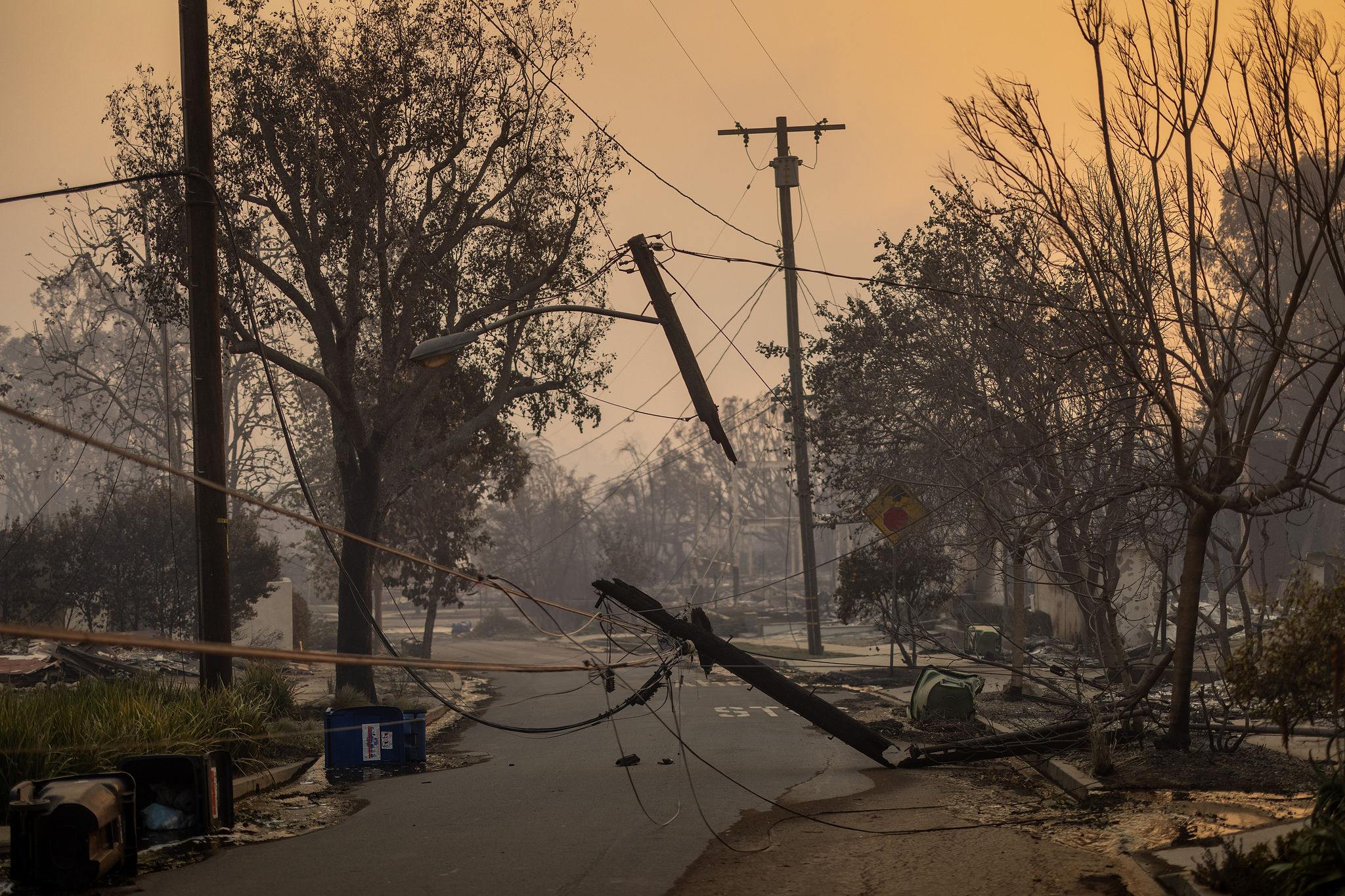
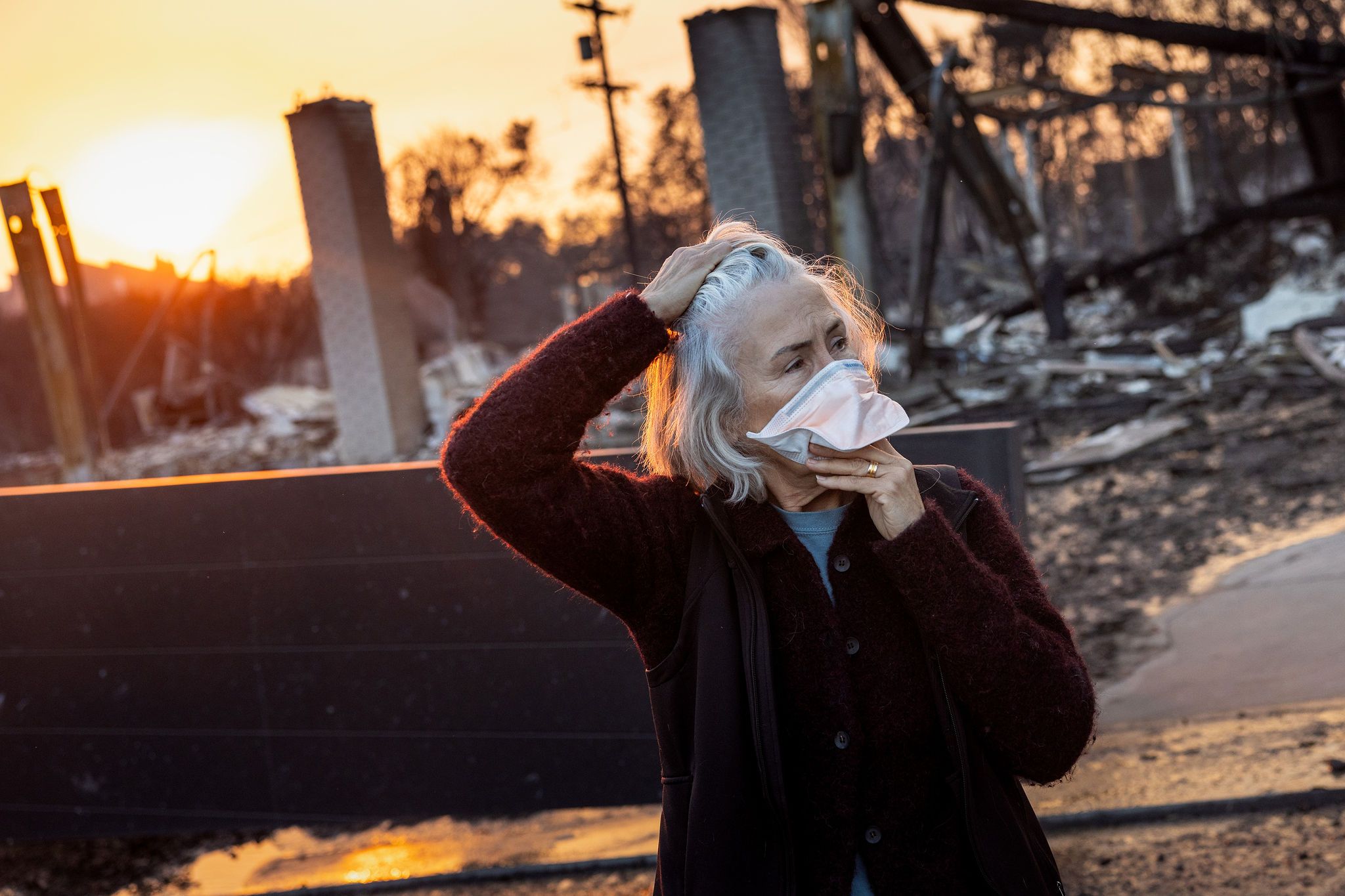
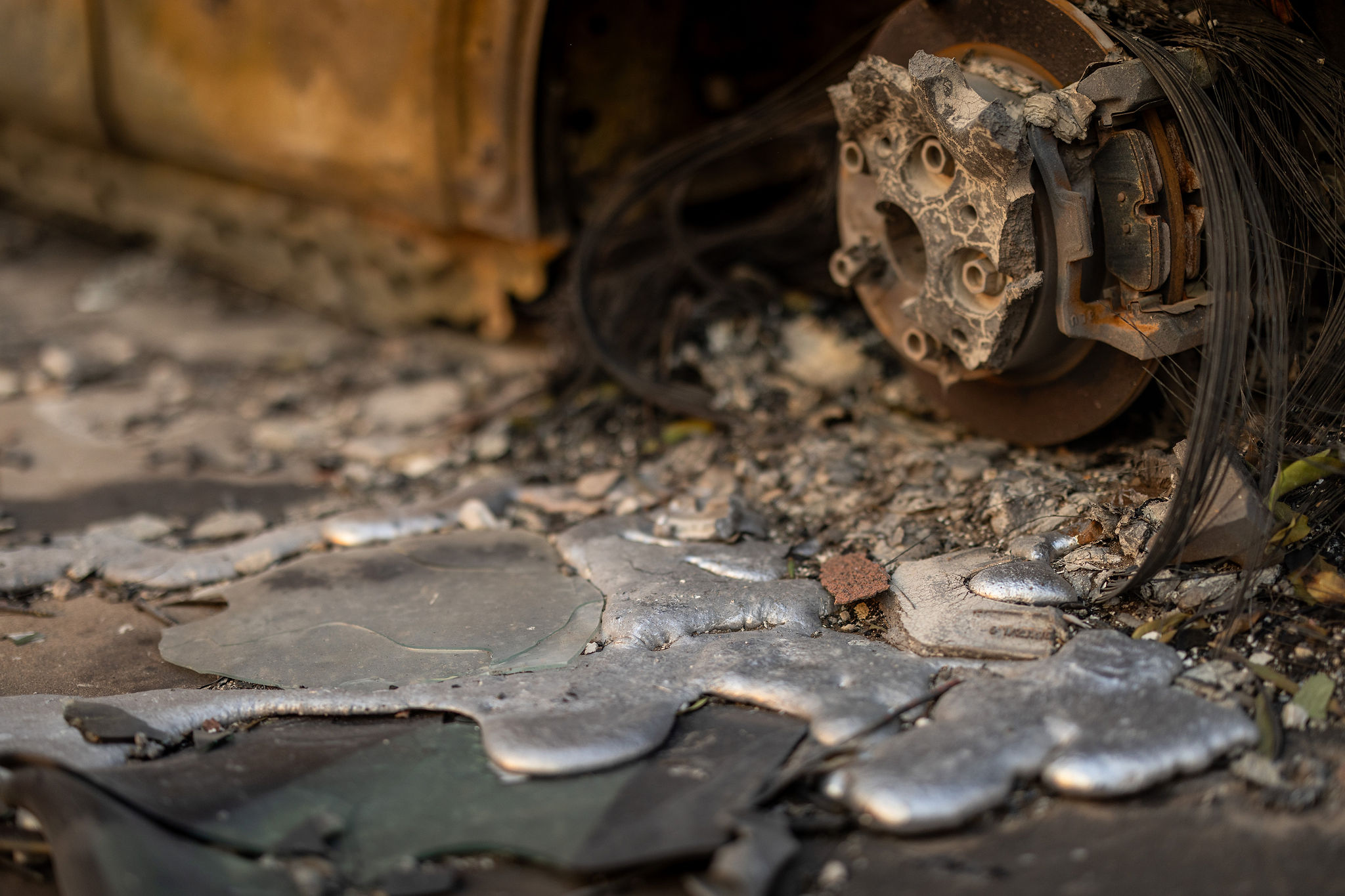
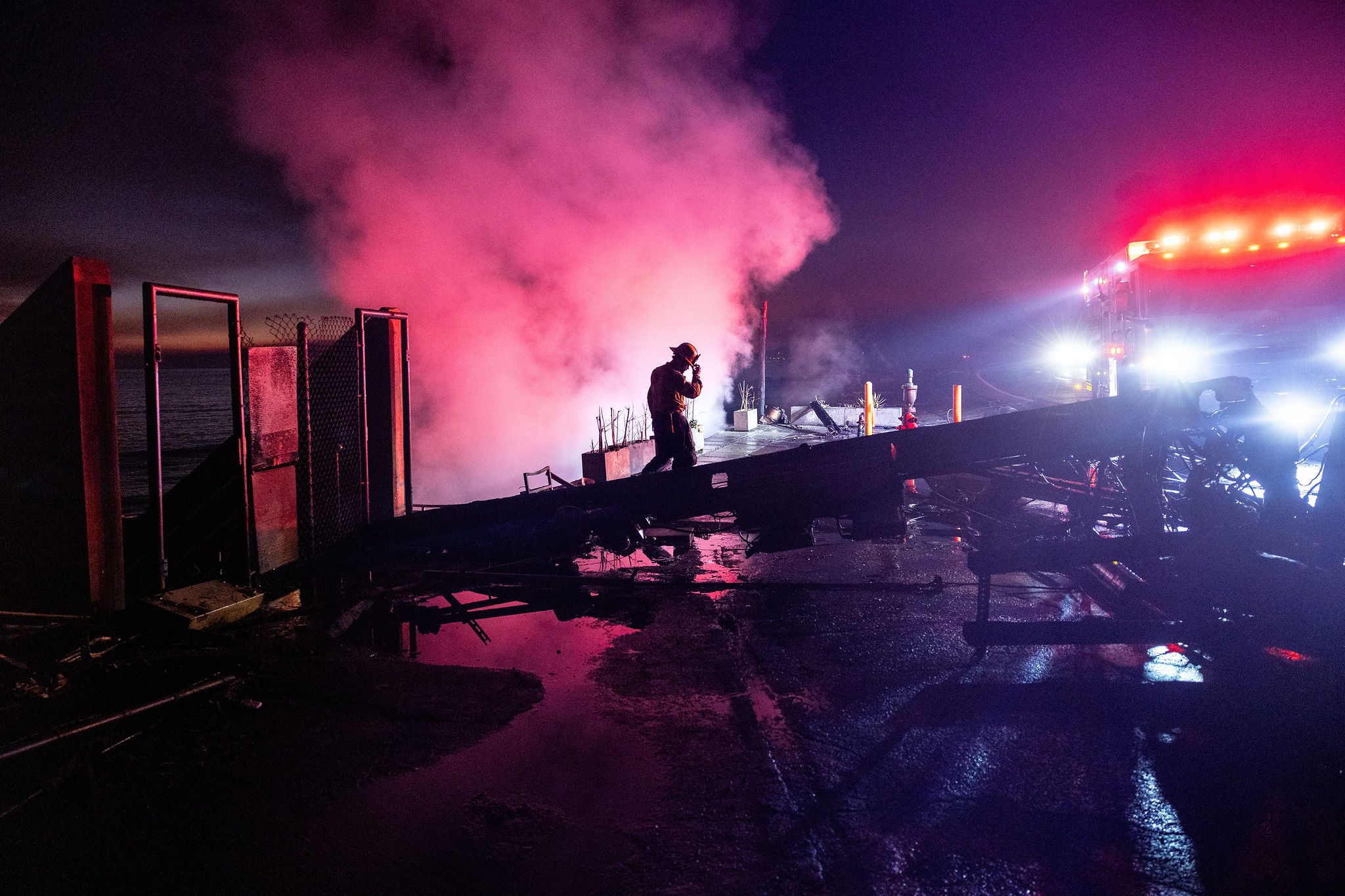
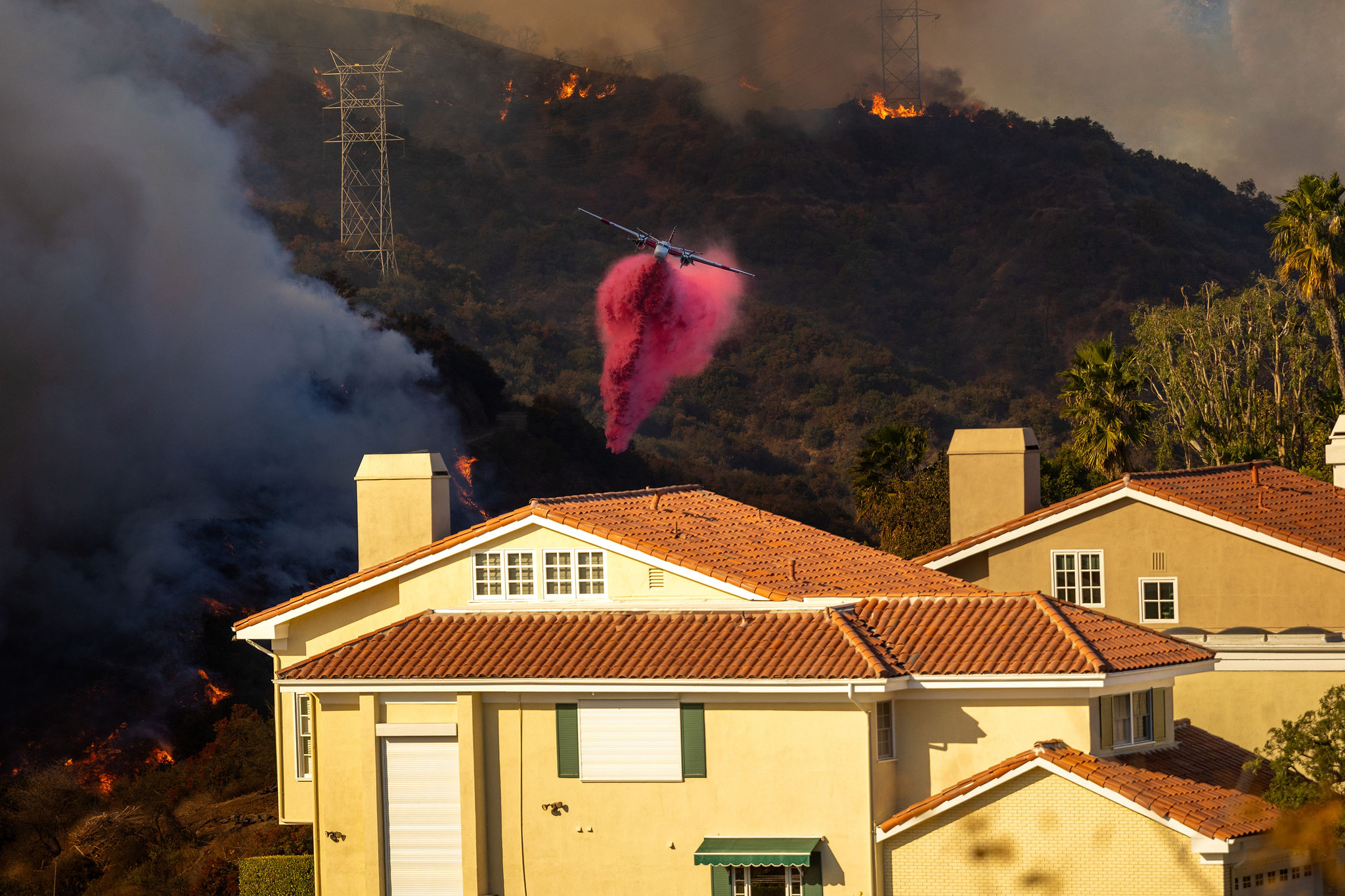
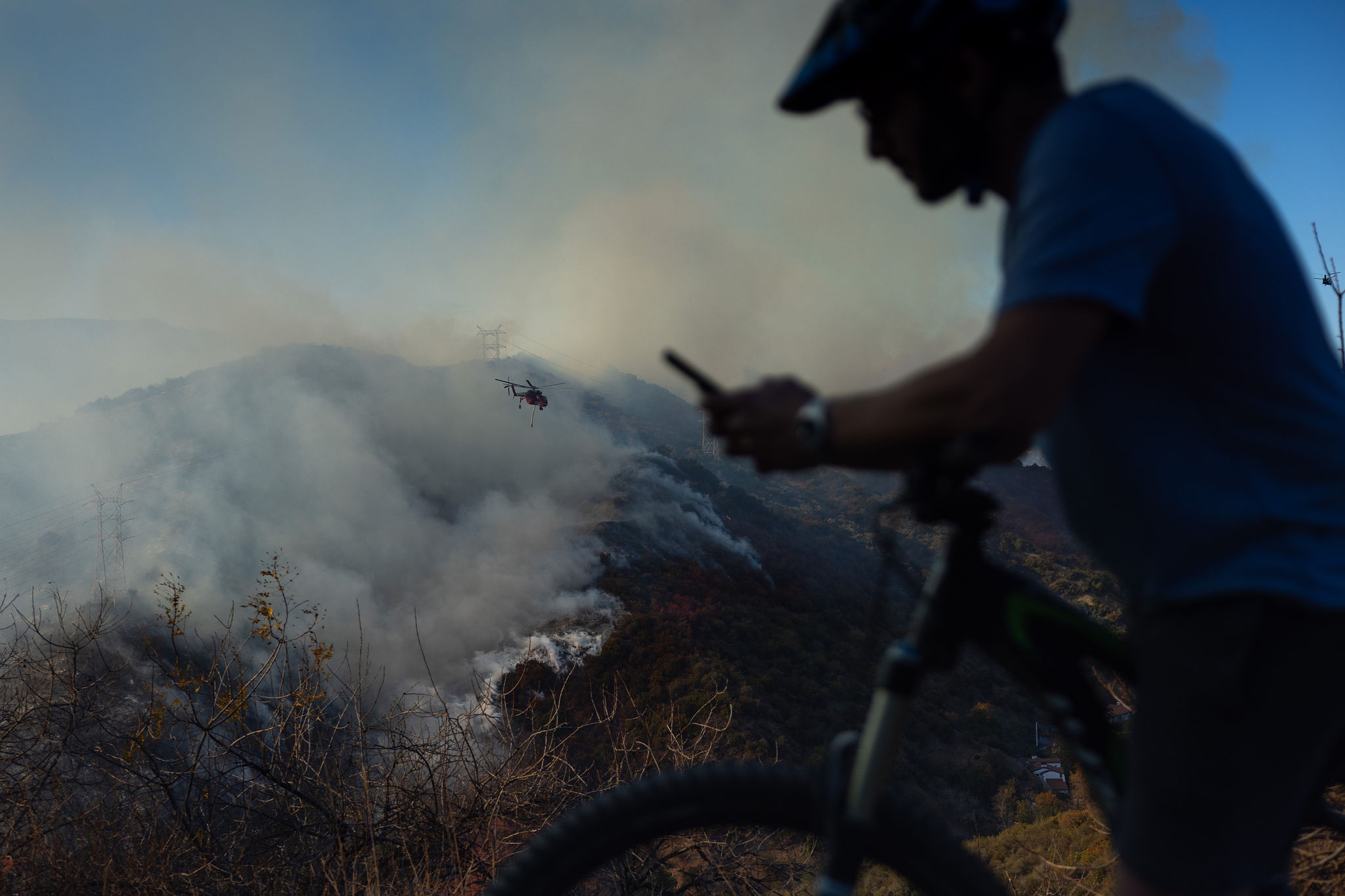
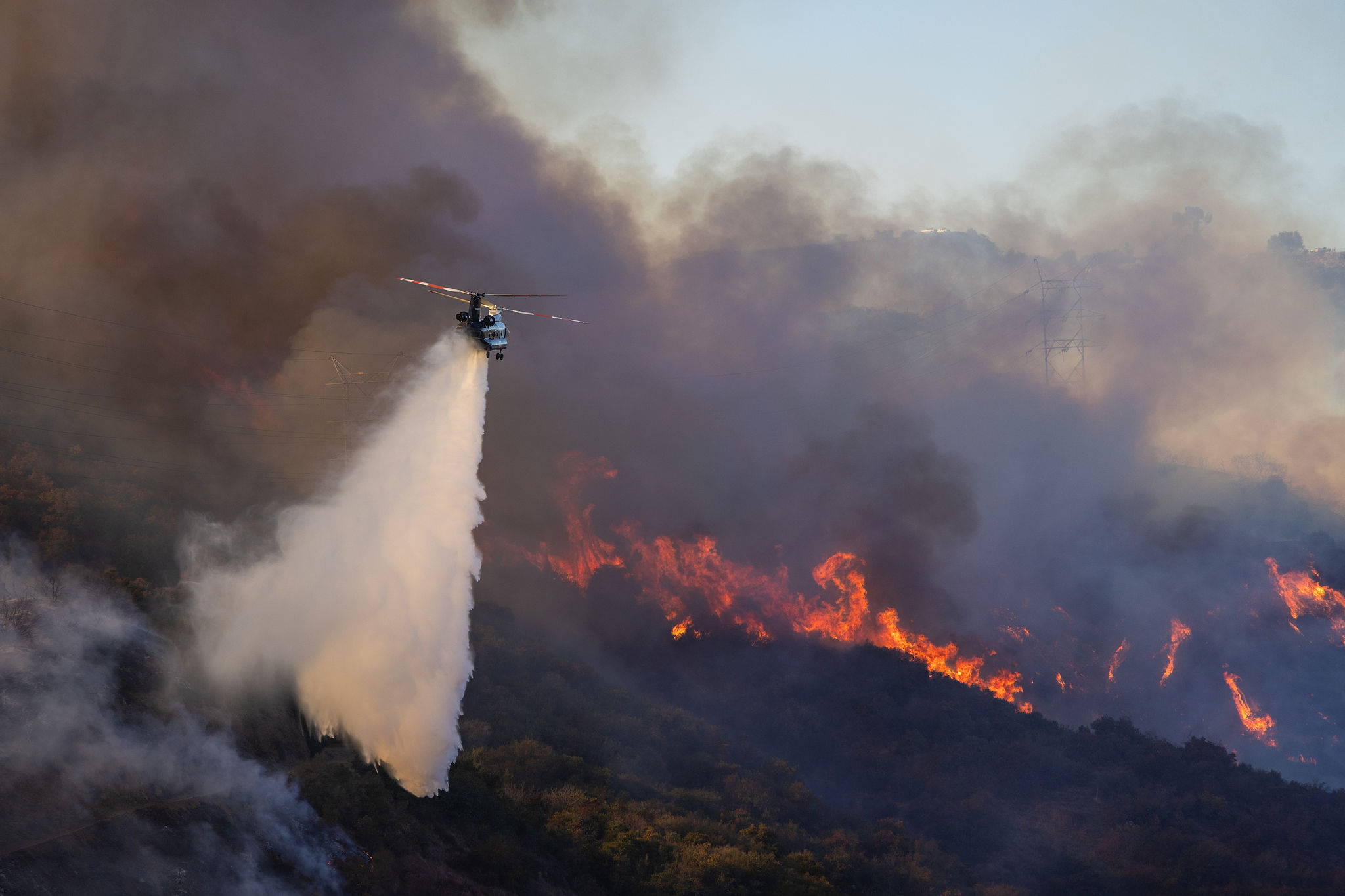
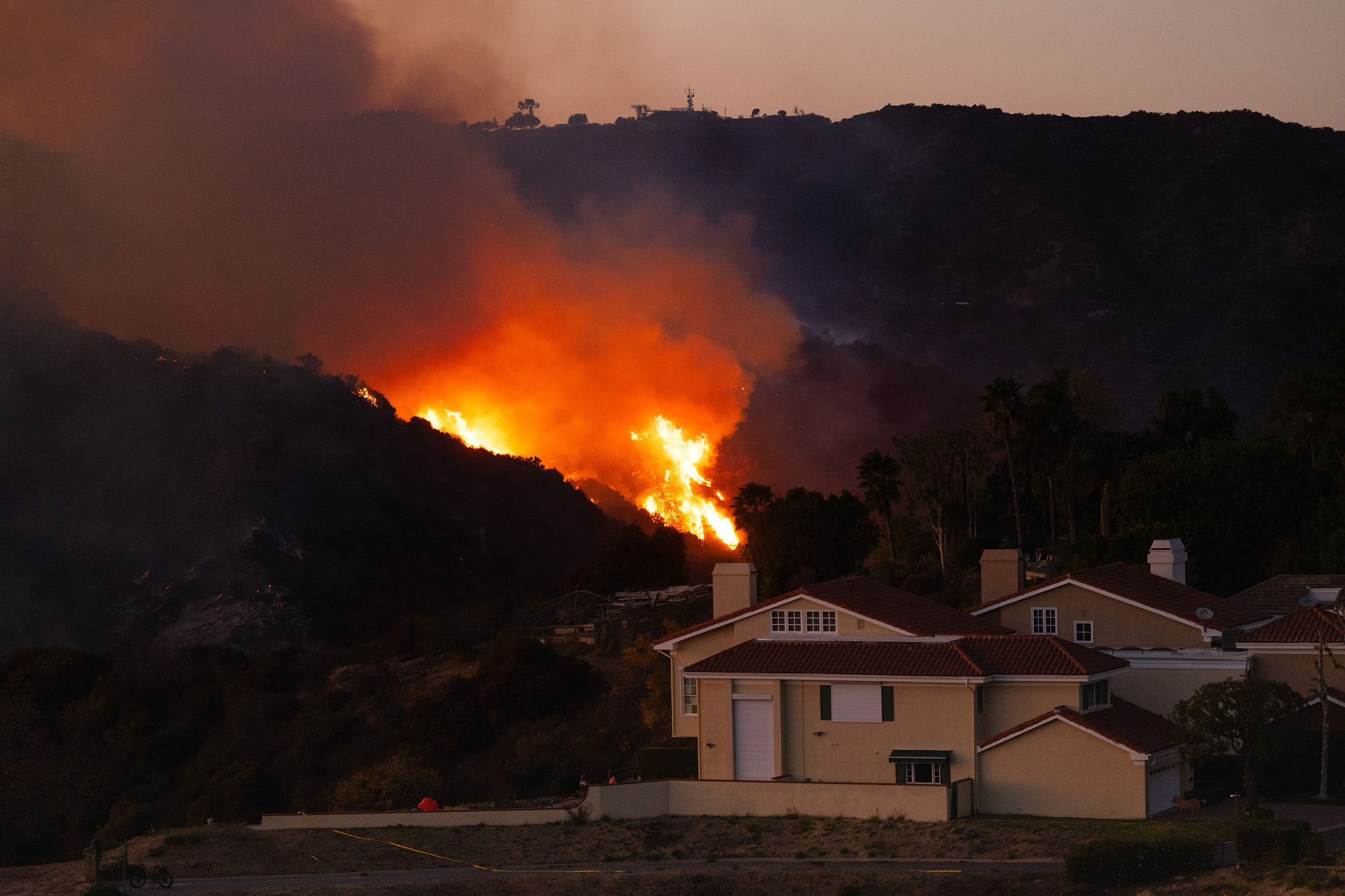
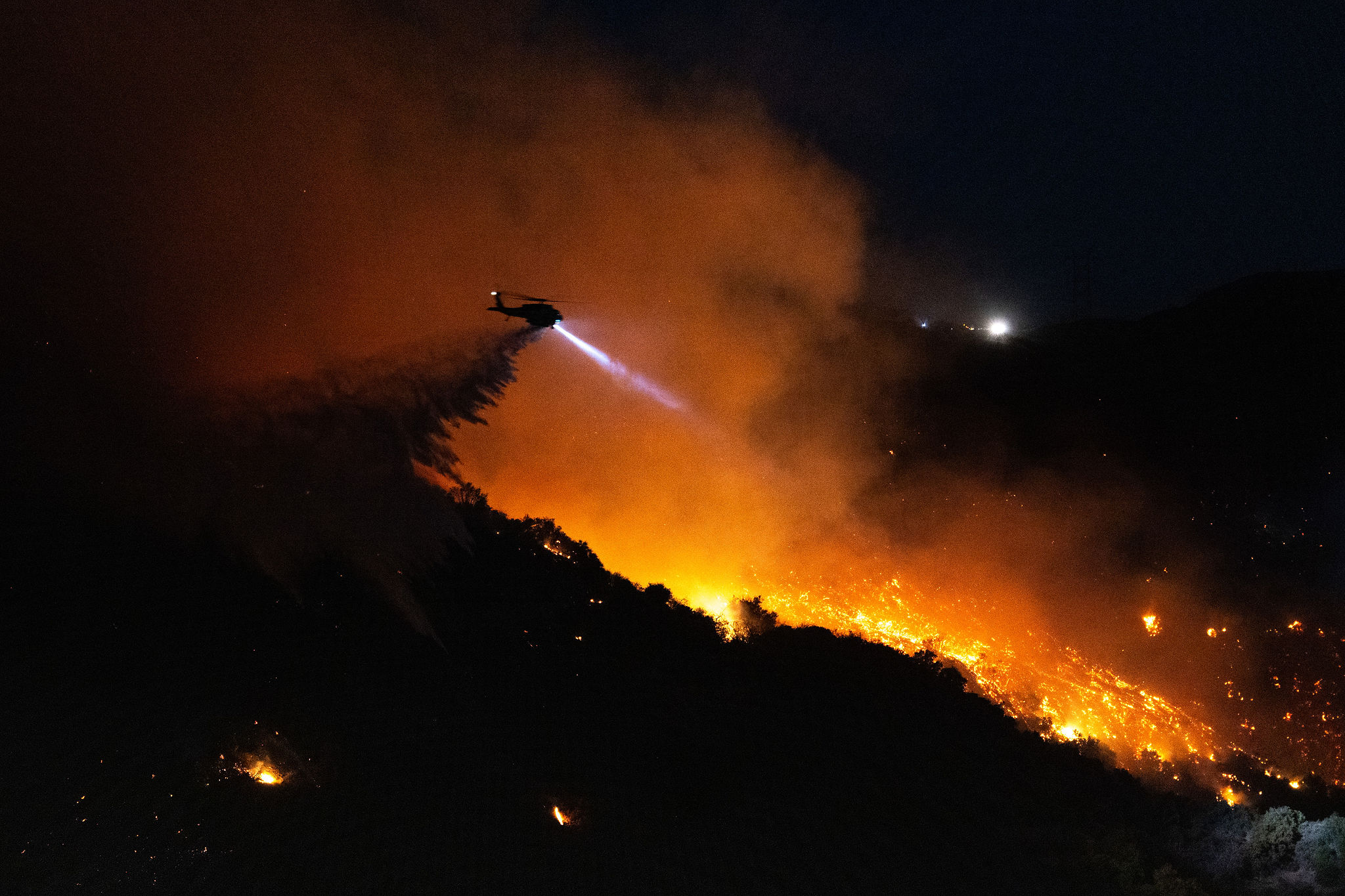

PACIFIC PALISADES, CALIFORNIA: Cars left behind in driveways following evacuation.
Jay L. Clendenin
Since leaving the Los Angeles Times, Jay Clendenin has primarily been photographing corporate and commercial projects, mostly in the entertainment world where he spent the majority of his 16 years at the LAT.
“When doing editorial work, I’ve started distributing my news and enterprise images through Getty Images and entertainment work through Shutterstock – all that got turned on its head last week with the merger of these two companies.”
We caught up about his experience covering the LA fires.
Heidi: Please share your thoughts on citizen journalists and what they need to consider.
Jay: The term “citizen journalist” makes me cringe. I am very aware of human behavior and the desire to “know” and “report” what’s happening (in particular when it’s their neighborhood). But there are a couple of significant distinctions between said “man-on-the-street” spreading a “story” and a trained Journalist (capital J) reporting: ethics and facts. It’s true that the Rodney King video (dating myself) was “citizen journalism” and was incredibly impactful on society – unfortunately, not enough to convict?! Where as today, I’m seeing people abusing the homeless with humiliating videos of their circumstances, all in the name of “citizen journalism.” And with the fires, people are sharing wild accusations/aspersions about the number of fire personnel, water supplies, and who happened to be on vacation when the fires broke out. No investigating for facts, just hitting “share” and adding “this has to stop,” as if the things said were facts vetted by credentialed journalists.
You were a staff photographer for the Los Angeles Times where editorial integrity was essential. How have things changed when stories go unchecked or lack empathy for the crisis?
Being a trained, experienced Journalist as part of a major news organization comes with great responsibility. We try for multiple sources, probe officials for more info, and try to be on the ground to see things first-hand. It is also important to vet people we talk to. During the Palisades fire, after a couple of questions to some people on e-bikes, I realized they did NOT live in the neighborhood, and I said they shouldn’t be riding around amongst the ruins. If they didn’t have bad intentions, they could easily have been accused of it. And thankfully, there are curfews now and they’re making arrests.
LA Magazine and Wired were recently called out for posting illegal drone footage – how has the increase in social media and scooping news impacted traditional media gathering practices?
Drones are an incredible tool that can add a very visceral, immersive effect to storytelling. I’ve embraced it, even got my Part 107 license. Part of getting a license and being “legal” is following FAA regulations and local laws. During major disasters, especially fires, a Temporary Flight Restriction (TFR) often goes out, to keep the skies clear for fire and safety aircraft. You don’t fly your drone. Period. When these media outlets choose to run these very “clickable” videos acquired illegally, they encourage the behavior. And for the “haters” on social who love saying “you’re just jealous you didn’t think of it first!” Let me tell you, all of us licensed operators, are VERY aware of the visual impact of these scenes and have interest in capturing the scene with our drone, but we KNOW the safety considerations and are very conscious of the illegal behavior by un-licensed “content creators” and hobbyists.
Explain the danger of flying drones during an active fire of this magnitude while a Temporary Flight Restrictions (TFR) is in place.
The near-worst-case-scenario of flying a drone during a TFR happened during the Palisades fire, when a fire righting aircraft hit a drone, damaging the aircraft and knocking it out of commission. Someone’s greater interest in clicks, lead to interrupted fire-fighting capabilities during this horrific disaster. I can’t imagine the anger of homeowners who see that story while they’re praying all the efforts can save their home and community. Losing the air attack is huge. I was at the top of Mandeville Canyon last night (Saturday) and the fire retardant and water drops did the majority of flame suppression, slowing the growth on the eastern flank. Further update on drone activity and arrests can be read about. here. “California authorities say there have been at least 40 incidents in which unauthorized drones have forced firefighting aircraft to pause operations, putting more lives at risk as the fires continue to spread and firefighters on the ground are left without air support.”
What safety considerations have you taken while covering the fires?
I have a fire brush jacket and pants, helmet and goggles. I use n-95 masks, conveniently on-hand after Covid! I don’t have “fire” boots, but wear my Blundstones and try to avoid walking on smoldering piles – they aren’t rated for that high a heat. I also work to only wear cotton items, which is hard these days, as so much of my wardrobe has become nylon/synthetic fibers. Synthetics are much quicker to ignite and I’d rather decrease the chances of melting clothes on my body.
Are you part of a photo collective during a local crisis?
I’m not part of a formal collective, but stay in contact with many photojournalists on assignments, who tend to have more resources available to them. Again, with big events, experienced PhotoJournalists know the ropes and safety is a priority. I’ll ask for best routes to enter areas, etc. It’s also great for hearing about spots that are super sketchy or not easily accessible without additional gear, like a 4×4 vehicle.
How did you get your start in photojournalism?
I started in photojournalism at LA Pierce College, running on several fires in the LA region in the early 90’s. We had our college paper as an outlet/publication, but also were able to get the Daily News to let us process and print our film, occasionally publish, and always give us replacement roles of film. We weren’t fully-vetted journalists yet, we were training to be. So we were still more reliable than a “citizen journalist.” I don’t want to prevent accurate reporting from being done, but someone who has a big TikTok following, does NOT make a journalist. Reach out to real Journalists, see how they report, what questions they ask. And please stop with the video Supercuts of people’s property burning and using gimble spins, even if you actually did it “by hand” and brag about it.


